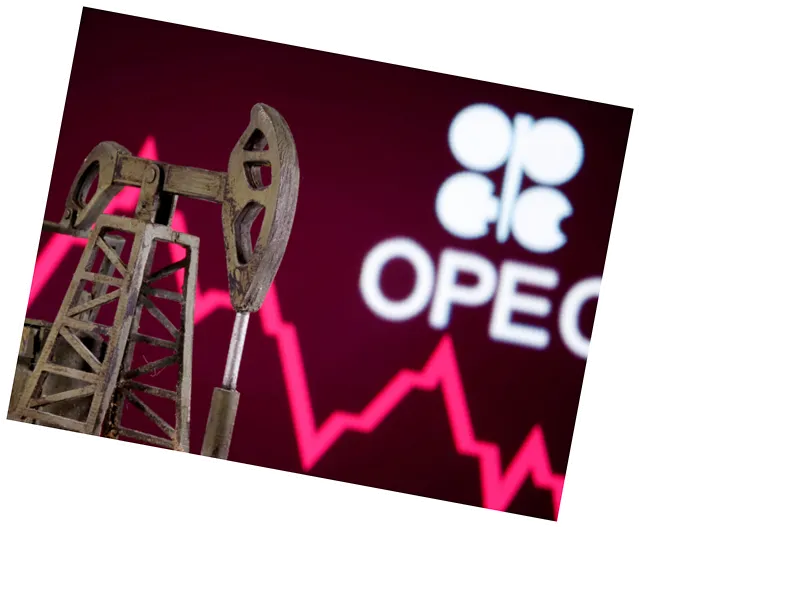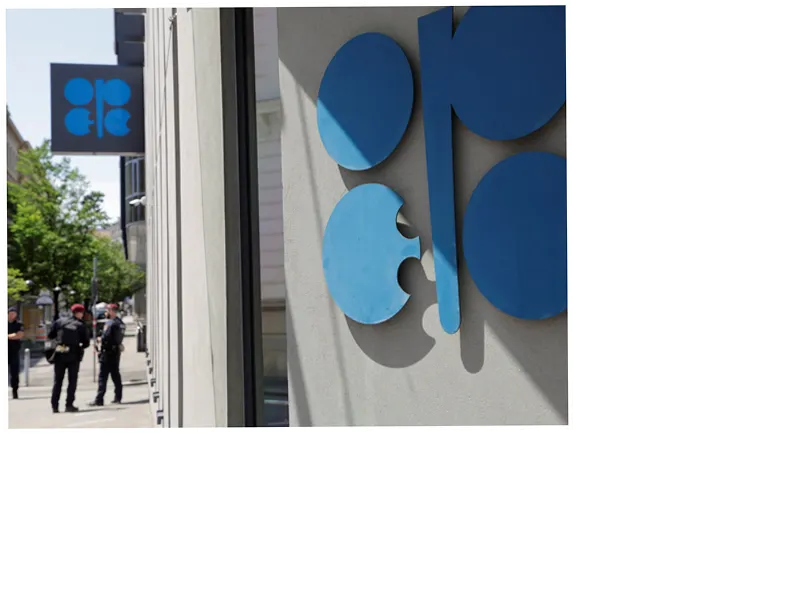Saudi Arabia's Energy Minister, Prince Abdulaziz bin Salman, has issued a warning that oil prices could plunge to $50 a barrel if OPEC+ members fail to adhere to production cuts. This statement has been interpreted as a potential threat to initiate a price war aimed at maintaining market share. Recent reports suggest that Saudi Arabia may abandon its target of keeping crude oil prices at $100 a barrel, opting instead to increase production to regain market share, even if this results in lower prices for a prolonged period.
The OPEC+ alliance, which includes OPEC and allies like Russia, is facing challenges as its market share has dropped significantly due to production cuts since 2022 and increased output from the United States and other countries. Current OPEC+ production cuts total 5.86 million barrels per day, representing about 5.7% of global oil demand. Despite these cuts, Saudi Arabia has been reducing its output by approximately two million barrels per day since late 2022, making it the largest contributor to OPEC+ reductions.
In the third quarter of 2024, oil prices fell by 17%, driven by concerns over declining global demand, overshadowing fears that escalating conflicts in the Middle East could disrupt crude supplies. The decline in oil prices is the most significant quarterly loss in a year, with West Texas Intermediate crude futures settling at $68.17.
- The Joint Ministerial Monitoring Committee of OPEC+ is set to meet to assess the current market situation, although no changes to oil policy are anticipated. The Saudi Energy Minister's remarks during a recent conference call highlighted concerns about excess production, particularly from countries like Iraq and Kazakhstan.
- As the world's largest oil exporter, Saudi Arabia is under pressure to maintain its market share amidst fluctuating prices and increased competition from U.S. oil production, which now comprises 20% of the global supply. The kingdom's strategy appears focused on leveraging its financial resources to withstand potential declines in oil prices while adjusting production levels to stabilize its market position.





